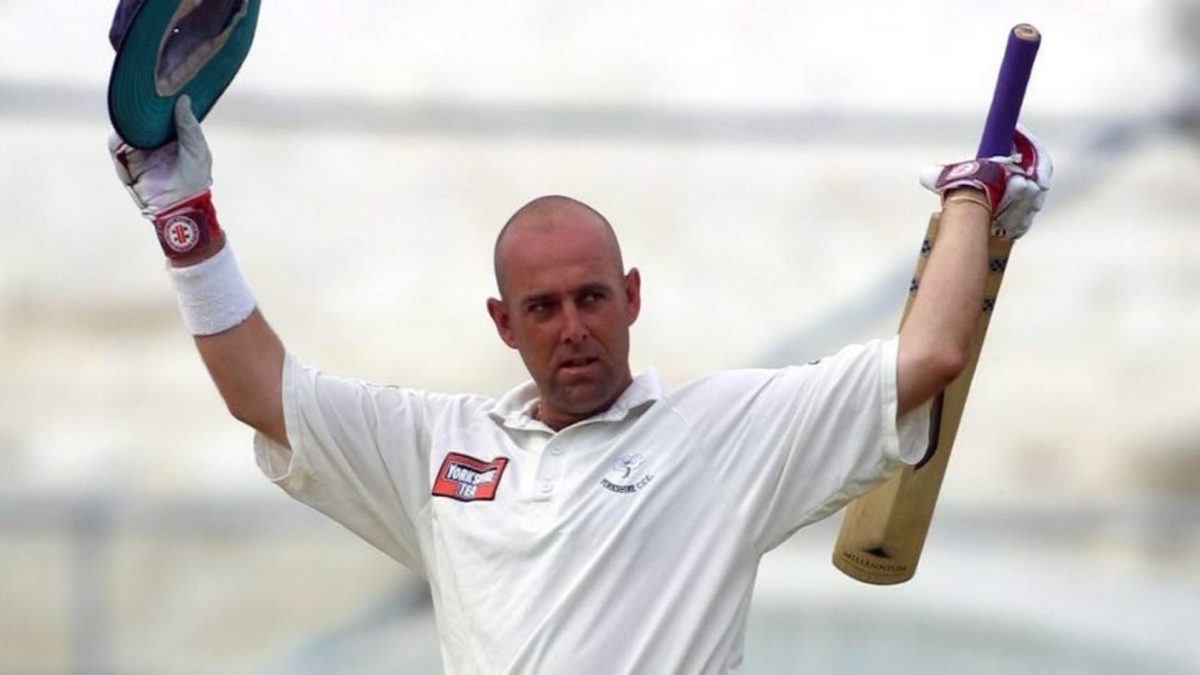
Back in 2007, Richard Dawson retraced his steps as an aspiring Yorkshire cricketer to reveal the best player he played with: Darren Lehmann.
Published in 2007
Published in 2007
He might not be everyone’s idea of a cricketing icon, but for me Darren Lehmann was the best player I’ve seen, played with and played against.
His portly figure isn’t the stereotypical build for a professional sportsman, more like the shape found serving behind a bar, but this hasn’t stopped him from scoring 111 first-class centuries. ‘Boof’, as he’s fondly known, always played the game in the spirit that it deserves, and never failed to entertain the paying public with his positive attitude and blinding talent.
But it wasn’t just these skills on the pitch that made him a legend to the Yorkshire public; it was as much his ability to keep you entertained in the changing room and at the bar after a day’s play. Winning over the Headingley supporters is a hard enough job for those born within its county boundaries, but to come from Australia and do it speaks volumes about the impact he had on Yorkshire cricket up until his last game in 2006.
As a 20-year-old making my way in county cricket, I never realised how much of an impact Boof would have on my career. He wasn’t just a great player but also a hell of a teacher for me and some of the other young lads coming through the junior ranks at Yorkshire back then. He’d always make time to have a chat to you in the changing room or maybe at the bar with a beer. He had an uncanny knack of making something that seemed complicated look very simple.
Having him standing at mid-off whilst I bowled was a massive experience and one that I’m sure got me a number of wickets. He worked batsmen out quickly and just having him on the field played in the batter’s mind. I’m not a great watcher of cricket, but every time Boof waddled out to the crease I’d sit up and take notice, waiting to see what he had to offer the bowlers.
What struck me most, though, was whether he’d scored 10 or 110 he would always be the same at the end of a day’s play. He wouldn’t let a failure get him down and after scoring a double ton he wouldn’t get too carried away. I remember a game at Leicester in 2001. He’d just got out for a duck in the first innings and came and sat on the player’s balcony with me and Michael Lumb, another lad in his debut season. Boof lit his usual cigarette and sipped on his pint of coke and casually told us he’d peel off a ton tomorrow.
The next day as he walked to the crease the team took their places on the balcony and waited to see whether Boof would pull off what he had predicted. After sitting on a pair for about half an hour he then slowly took the Leicester bowling attack for a match-winning hundred. That pure belief in his own ability was awe inspiring.
The day-in, day-out treadmill of county cricket didn’t mentally wear him down, it was just his body that sometimes struggled, whereas players ten years his junior, who were physically fitter, fell away because they couldn’t deal with the pressures.
And it wasn’t just the amount of runs which was impressive, but the way he went about scoring them. He was always entertaining to watch, but not necessarily in the Viv Richards or Adam Gilchrist mode. Boof would have some fun with the opposition bowlers and captain. He would hit the ball in places you wouldn’t expect. He’d frustrate the opposition bowlers – he’d play with them in such a way that if they’d just moved a fielder to plug gap, he’d look to knock the ball into the space just vacated. It was good to watch, just not in the usual way.
As a tail-ender I can make batting look like I’ve not picked up a bat before in my life, but having to bat with him just made matters even worse. I’d just resort to taking a place at the non-striker’s end, watch and admire.
How he only played 27 Test matches and averaged 44 is remarkable. I have no doubt that if he had been born in England he’d have played over 100 Tests and people would have been talking about him as one of the greats of the game.








